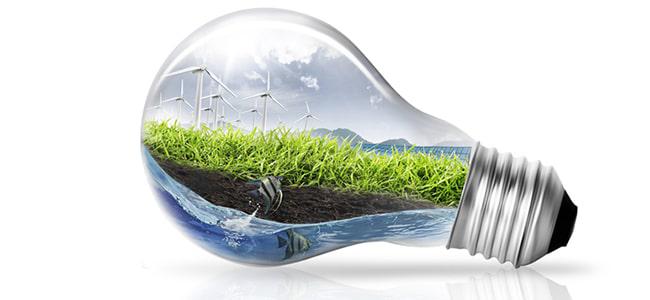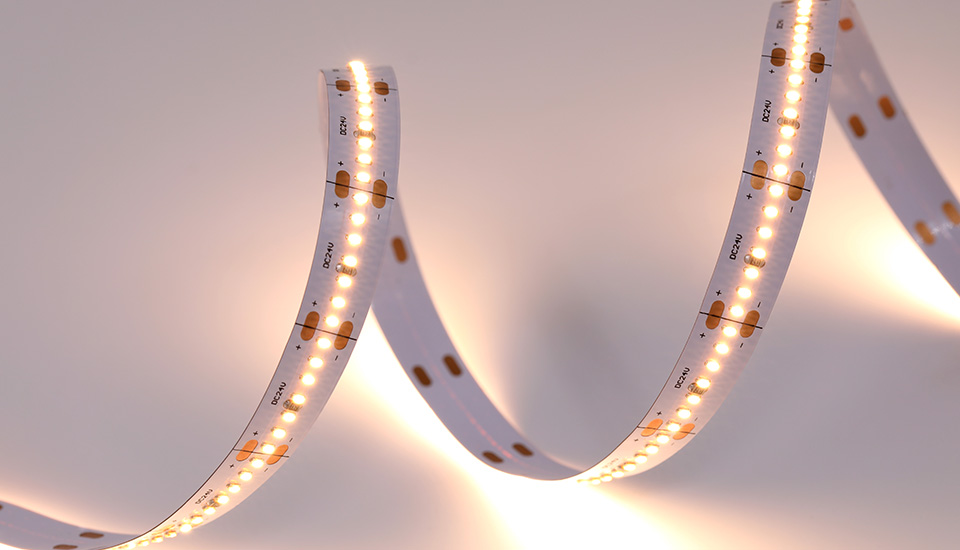LED LIGHTING VS. FLUORESCENT LIGHTING – THE FACTS
Sep 29,2020
56 years ago, the first working light-emitting diode was created by the GE scientist Nick Holonyak Jr. At the time, he was actually trying to create a laser – not something that would eventually replace the incandescent bulb. The LED therefore joins a long list of ‘accidental’ inventions that have entered the daily lives of millions of people – from the microwave, to the Post-It Note, to X Rays and even Superglue!
The past few years have witnessed a dramatic shift towards LED from older types of light bulbs, driven by environmental considerations, low running costs, and massive advances in the design and usability of the technology. Despite this, many thousands of workplaces and schools still rely on fluorescent lighting. While the cost of switching an entire building to LED may seem prohibitive, the pay-back time may be quicker than you expect, especially when you take into account the whole-life costs and other advantages of LED technology.
In this article, we are going to dive into the reasons why now might be the perfect time to finally make the switch from fluorescent to LED. Ready? Let’s go!

LED: WHY ALL THE FUSS?
First, some facts to illustrate why LED technology is taking over the world of lighting:
- LED bulbs can produce the same amount of light as incandescent or fluorescent bulbs but using less energy or watts. In other words, they produce more lumens per watt.
- The average life expectancy of an LED bulb is 50,000+ hours. Compare that to fluorescent bulbs, which have an average life expectancy of 10,000-15,000 hours. Incandescent bulbs (remember them?!) are even worse – lasting as little as 1,000 hours.- This translates to a real-world life expectancy of at least 10 years in a building that is illuminated 12 hours a day, 365 days a year. Even LED lights that are left to run 24 hours a day will only need to be changed once every five years on average.
- LEDs do not burn out or ‘blow’ in the same way that incandescent or fluorescent bulbs do. They are considered to be at the end of their life when they reach a stage known as L70 which is when the bulb is only producing 70 percent of its original light output as it burns towards the end of its rated life.
- On average, at least five fluorescent light bulbs would be discarded in the lifespan of one LED bulb. LED bulbs therefore reduce the amount of waste going to landfill by 80%.
- 20% of the world’s energy usage is estimated to be consumed by lighting. If we could switch all of the lights to LED technology, this amount could be reduced by over 75% – representing a huge decrease in emissions of C02 and other pollutants currently released into our atmosphere.

This article comes from mountlighting company
- Latest news
34 genius hacks for LED strip lights
Apr 02,2021LED Strip Lights: How Are They Made?
Nov 30,2020LIVING ROOM LIGHTING IDEAS
Oct 30,2020LED LIGHTING VS. FLUORESCENT LIGHTING – THE FACTS
Sep 29,2020HOW TO PLAN YOUR KITCHEN LIGHTING
Aug 27,2020LIGHTING DESIGN: 5 TIPS FOR INTERIOR DESIGNERS
Jul 31,2020HOW TO USE INTEGRATED LINEAR LIGHTING
Jun 02,2020
